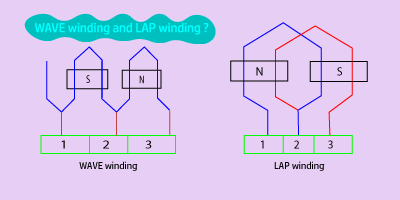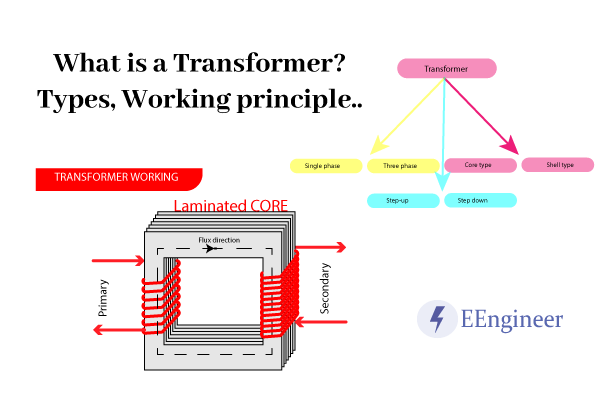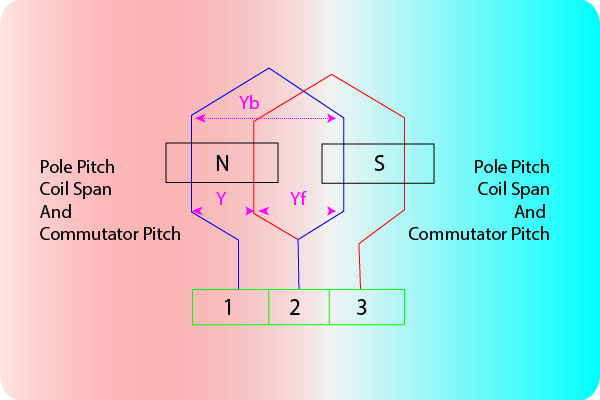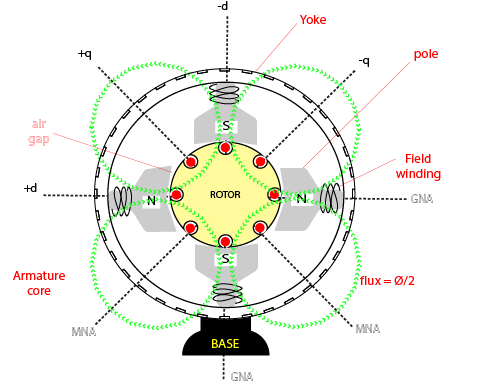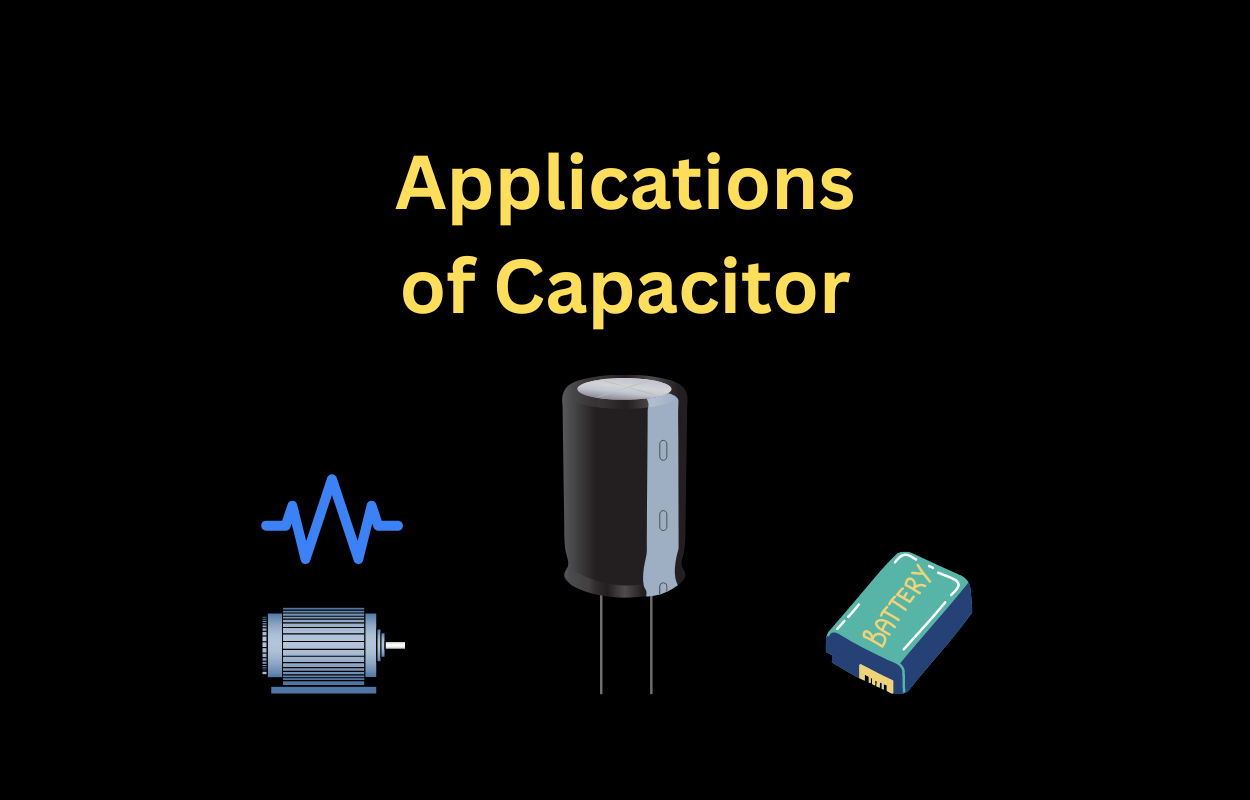Lap and Wave winding with Equalizer ring & Dummy coil
A rotating machine has an essential part known as Armature winding. Generally, this is responsible for making a rotating magnetic field in a machine. As a result, it provides back emf to the supply. This armature winding is classified into two types. One is Lap winding and another is Wave winding. These have their special … Read more
